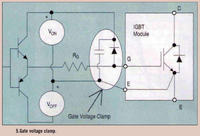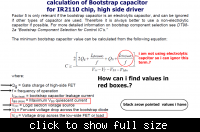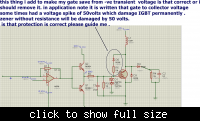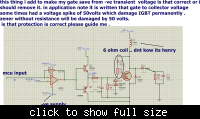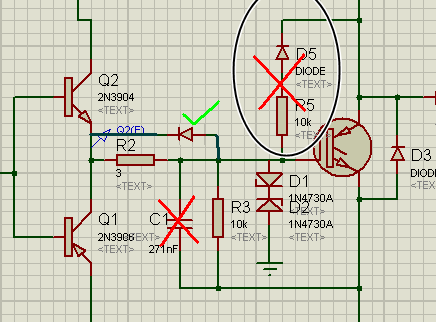aliraza786
Full Member level 4

- Joined
- Nov 10, 2009
- Messages
- 210
- Helped
- 14
- Reputation
- 28
- Reaction score
- 14
- Trophy points
- 1,298
- Location
- Lahore, Pakistan, Pakistan
- Activity points
- 2,914
i am using 80N60 IGBT to drive my inductive load of resistance 6ohm.. i use 4N25 optocoupler to drive gate i use 20 volts supply for gate... system voltage is 300volts DC .. i give a pulse at the gate of IGBT for 100ms just... my circuit works great but after almost 1.5 day IGBT burnt now it collector and emitter is shorted internally...i use snubber circuit and free wheeling diode to protect .. but again IGBT fails... kindly guide me how can i improve my gate driver and protection circuitry thanks 


